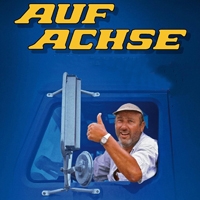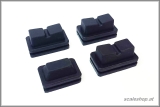Scale modeling - Fascination & Passion
Have fun exploring!
How one gets into scale modeling is often a matter of chance. It just happens, although often a passionate modeler – directly or indirectly – plays a role. Over time, you find scales and topics that you prefer, and depending on your personal curiosity, you dive deeper and deeper into them. From this, one might conclude: "Model building educates in many ways."
For example, at the beginning of each model building project, there is research. Inevitably, you come into contact with history. Depending on how much you engage, you discover various backstories. In this sea of information, it can sometimes be difficult to return to the core of the research and stay focused. The internet has changed much in this area as well. Whereas modelers used to have only a few specialized books, photos, perhaps a technical drawing, or eyewitnesses available, today everything is just a click away. Almost everything is documented online with words and images, and information from others is easily accessible via email.
While building the model, you inevitably encounter different techniques and learn skills that can also be useful in everyday life. During this phase, connecting with the modeling community can be very helpful as well. "Model building connects."
Once the model is finished, it’s in human nature to want to present your work – whether it’s among friends, at an exhibition, or by posting well-made photos online.
So, my answer to the question "Why plastic model building?" is: "Because it’s such a diverse hobby that educates and connects."



